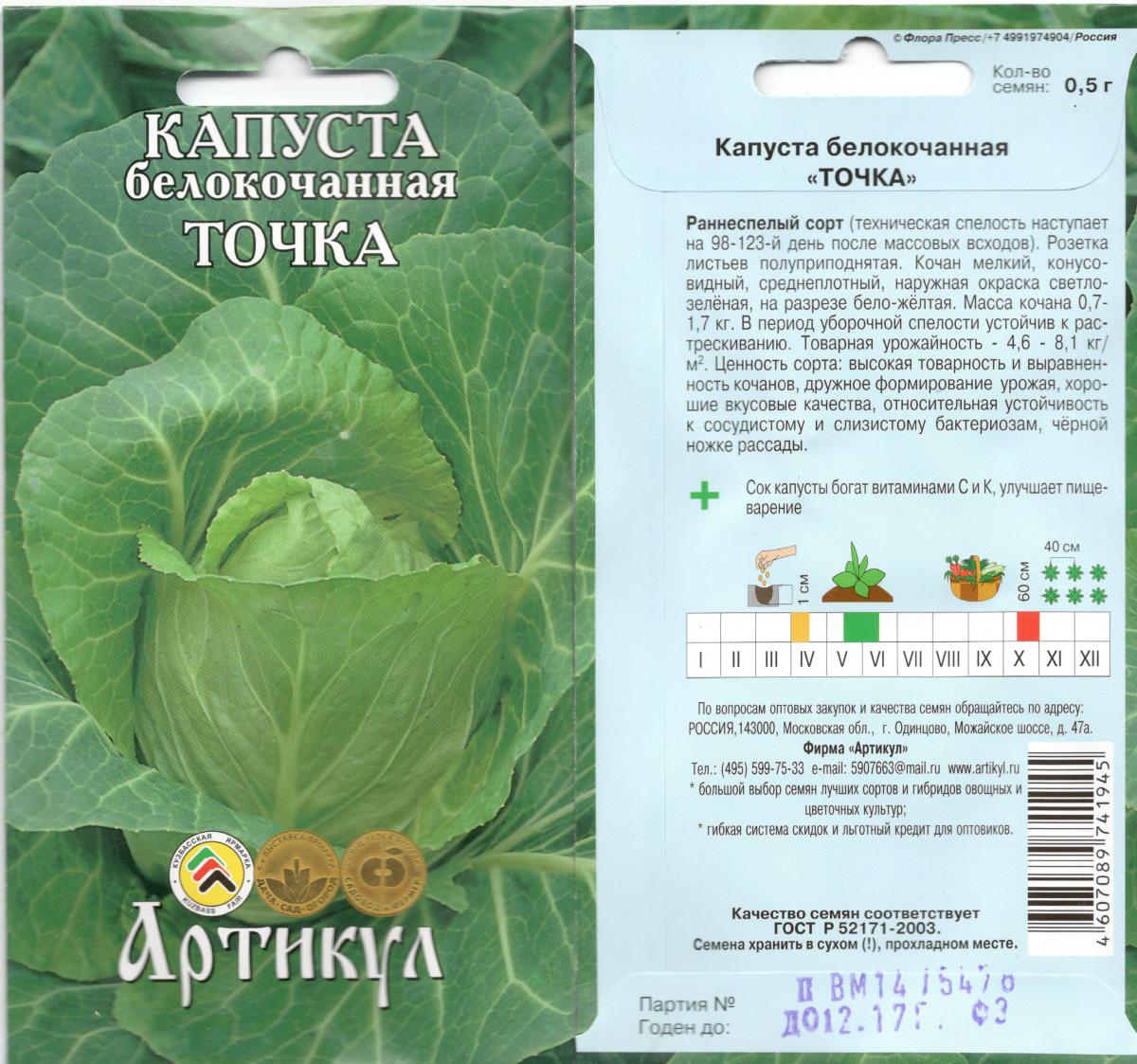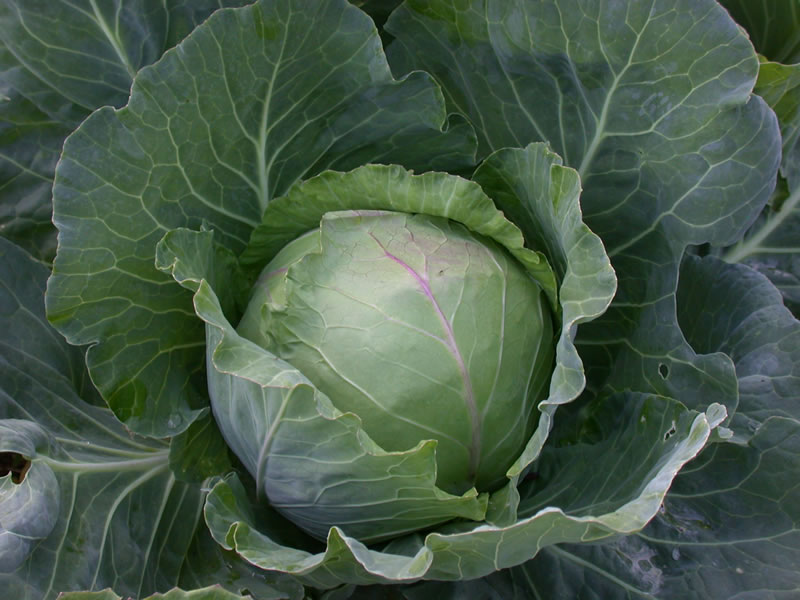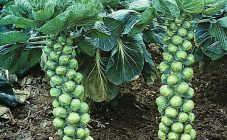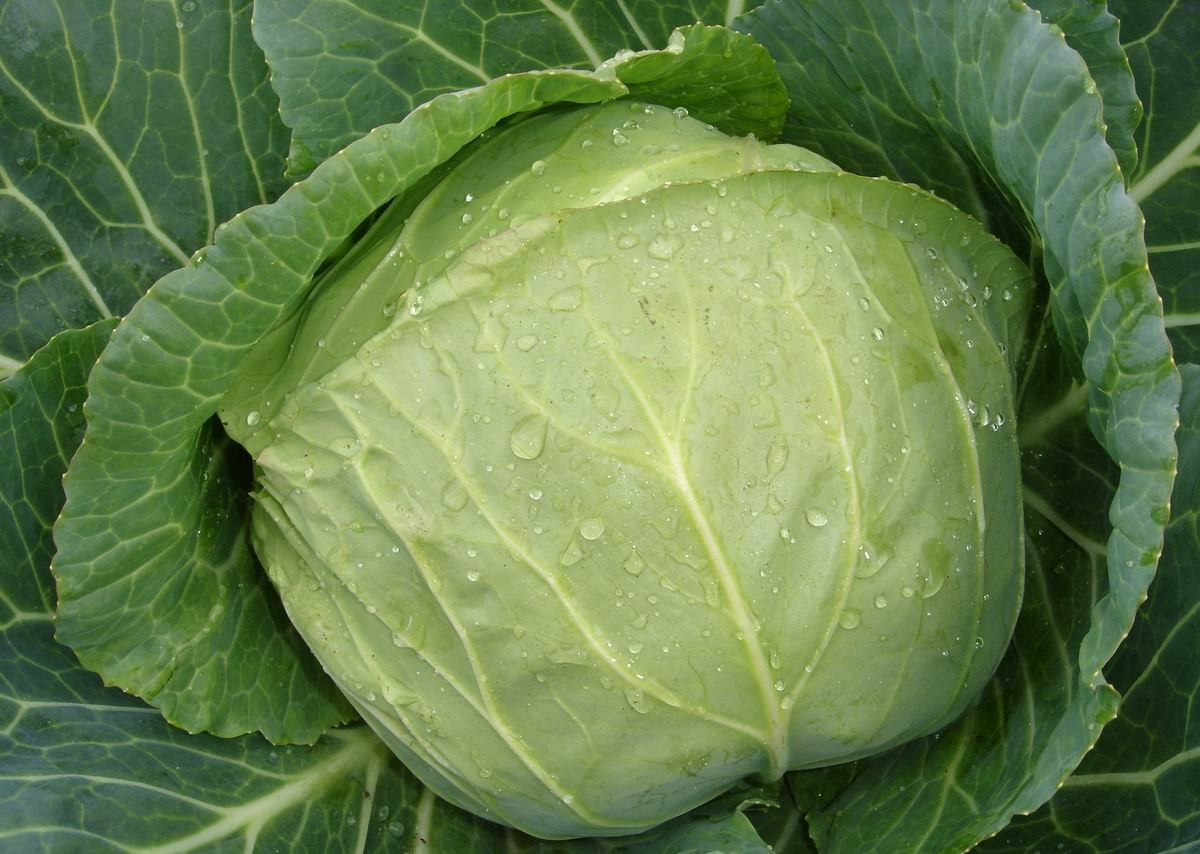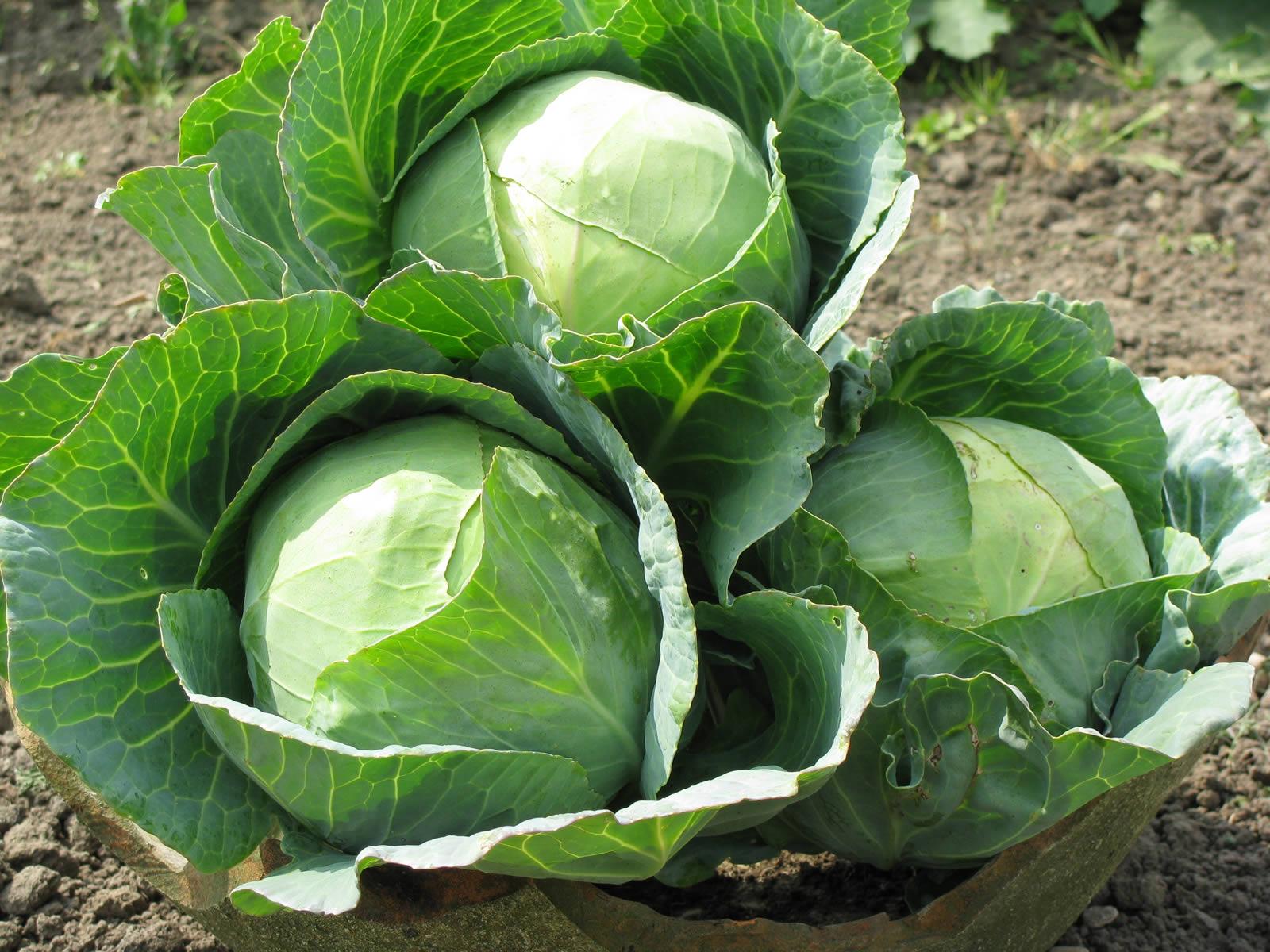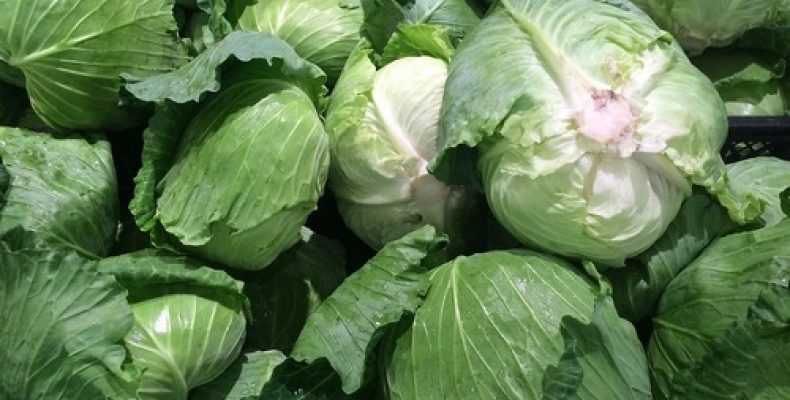Content:
White cabbage is one of the most popular crops in Russia. It is difficult to imagine Russian cuisine without traditional borscht or hodgepodge. Cabbage is rich in vitamin C, minerals and protein. 100 g of a vegetable contains only 30 calories.
Types of varieties
- Early maturing. The crop can be harvested in 50-60 days. Differs in the looseness of the head. This includes early Tochka cabbage.
- Medium early. It ripens in 70 days. Cabbage is used in salads and main dishes. These varieties are June, Gift, Golden hectare.
- Mid-season. It will take up to 1.5 months. ripening. Suitable for fermentation, but not stored for a long time.
- Medium late. Ripening period is about 80 days. Popular hybrids are Judge 146 and Krasnodar 1.
- Late. The harvest will ripen in 6 months. Cabbage is stored until spring and is versatile in use. The varieties Moskovskaya late 15, Amager 16, Geneva have proven themselves well. F1.
Description of the variety of cabbage Tochka
- Harvest weight - up to 1.7 kg.
- Ripens in 2 months.
- The shape is conical, with a wavy edge of the cabbage leaf.
- The rosette diameter is up to 70 cm.
- The number of leaves - up to 18 pcs.
- Cabbage yield reaches 8 kg / m2.
- Immunity to black leg and mucous bacteriosis.
- Prophylaxis against fusarium and insect pests is required.
- In cooking, it is used fresh.
A distinctive feature is resistance to cracking.
How to grow
Seeds of early white cabbage Tochka are sown at the end of March. First, you need to harden them: wrap them in wet gauze and keep them in the refrigerator for 24 hours. Then pour the prepared soil into the pots, deepen the seeds by 1 cm, leaving a distance between the rows of 2 cm. After 2 leaves appear, transplant the seedlings into individual containers.
For sowing, a lowland is preferred, where water accumulates. It is good if carrots, cucumbers, onions or garlic grew in this place earlier. If the soil is acidic, add 250 g of chalk per m2. In the spring, the site needs to be loosened, broken up lumps and moistened the soil.
As soon as 5-6 full-fledged leaves grow, it is time to transfer the seedlings to the site. Optimal planting pattern: 30 cm x 40 cm. The procedure should be carried out in cloudy weather, and after planting, the seedlings should be protected from sunlight.
Top dressing promotes rapid ripening. During the formation of leaves, the vegetable needs nitrogen fertilization. During the period of tying - potassium. 5-7 days after planting, pour the cabbage with a urea solution: 50 ml per 5 liters of water. Water should be watered 4 times a week. After each irrigation, it is important to loosen the soil and huddle the plants.
Insect control and disease prevention
Pests and fungal diseases are the main enemies of a good harvest. For early white cabbage, cabbage fly larvae are dangerous. A sign of damage is a bluish tint of the leaves and wilting in the sun. To destroy the larvae, hexachlorane dust and DDT dust are used. Spray the cabbage with solutions 2 times every 2 weeks. Sand and naphthalene are kneaded for soil.
Early cabbage is ideal for fresh salads and borsch, hodgepodge. When choosing a variety, one should focus on disease-resistant hybrids. After all, moisture-loving crops are especially attractive to insects and fungal spores. The most popular varieties are resistant to frost, diseases, and pests.
